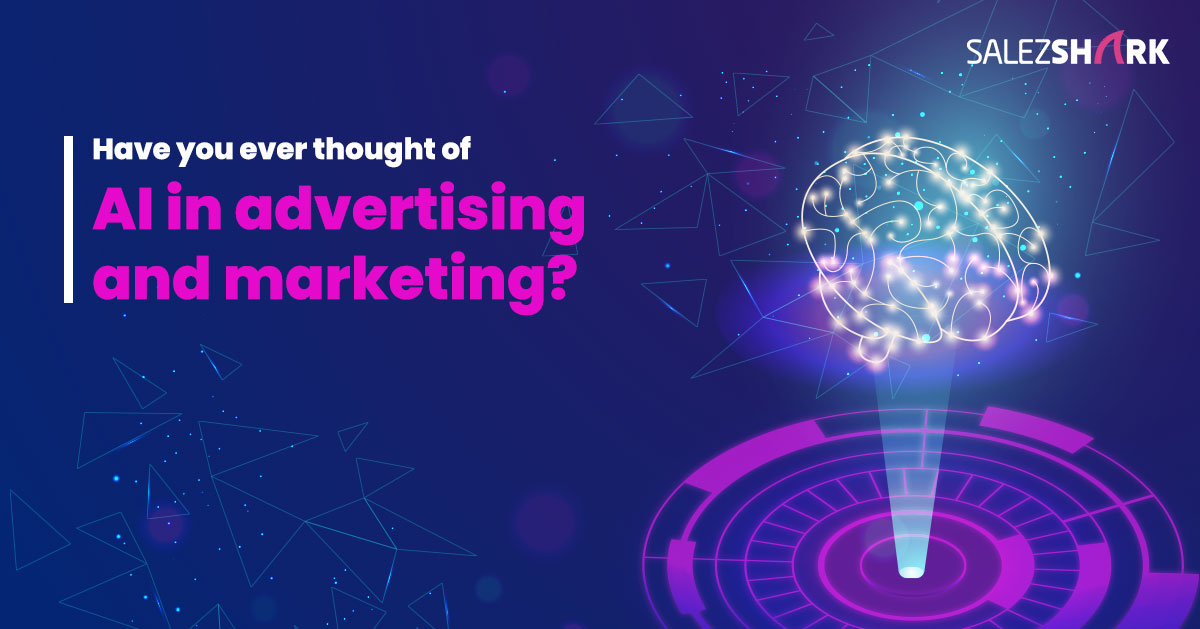
Content marketing is an essential part of any business. There are many options to promote your content. Blog posts, videos, infographics and social media are all examples. Your content will be seen more if it's shared. Depending on what your business is, you might want to create multiple types. Your content can be used to reach a wider audience through content marketing.
Social media
You can reach your target audience by using social media as a content marketing tool. There are many benefits to this strategy. Social media is a hugely popular platform, with over 510 million users updating their statuses and comments every minute. The key to your content's success is knowing which topics to target. It can be hard to use these platforms to market your content if you don’t know how. However, by using these tools to your advantage, you'll be able to create compelling content that your target audience will be interested in.
One way to get more exposure through social media is by creating a profile on Facebook. Facebook offers several advertising options. These include carousel ads, which allow you show multiple products within one post. While this isn't the best option, Facebook does allow you to post photos and videos that can attract users. You can also create posts that are shoppable with a CTA. Your social media presence is critical to your content marketing success, regardless of which platform you use.

Blog posts
Unique content is a key component of content marketing. Blog posts are one way to achieve that. They can be anything you like, whether it's your unique perspective as a veteran in the industry or data from research. Whatever medium you choose, it is important to make your readers happy. Your readers will share your content with more friends on social networks. Blogs can also help you maintain your organic search results, and keep them from becoming outdated.
You can create informative and engaging blog posts. However, it is possible to use different formats and styles to make them more accessible and easier to read. The key to content marketing success is quality content. It means tailoring your blog posts to your target audience's interests, and solving any problem they might have. This can be achieved by creating a content strategy that addresses a specific need and ensures that every blog post is unique.
Infographics
Infographics offer multiple benefits. They are easy to share. Infographics can also be embedded on blogs and websites. This provides a backlink for the creator. They are also more likely to be seen and engaged by customers. Third, infographics can be used for content marketing as well as SEO. So, how do you maximize their potential? Your infographics should be published on as many platforms possible in order to gain maximum exposure.
Infographics enable marketers to target specific segments. They can engage Millennials and Generation Z readers by showing them a comparison of two things. Users can engage with them using interactive infographics that include pop-ups as well as questions. Infographics can also be used to communicate complex information and inspire creative thinking. Businesses can maximize the power and reach of visual content to increase sales and conversions.

Videos
It is important to track how videos are performing when using them for content marketing. You can track metrics like views, watch time, and shares depending on which video format you use. These metrics can help you to determine the effectiveness of your video and what content will yield the best results. Make sure you consider your goals when creating videos for your content marketing campaign.
A video is a great idea for content marketing strategies. Videos should be concise, clear, and short. Remember that content is still the most important thing and that people will look for more than just information. If your video doesn't have a clear purpose, it's just a waste of time. First, identify your target audience. Then decide how you will reach them.
FAQ
Which Content Marketing Platform is Best?
There are many different platforms out there today. Each platform has its own pros and cons. Here are some popular options:
-
WordPress - Simple to setup and manage. Amazing community.
-
Wix - Easier than WordPress to set up and maintain. It doesn't require any technical knowledge.
-
Squarespace is the best choice for those already having a site.
-
Blogger - Free blogging service
-
Medium - A place to share your work.
-
Instagram - An image-based platform.
-
LinkedIn – A networking tool.
-
Facebook - A social network.
-
YouTube - A video sharing platform.
-
Pinterest - Image-based platform.
-
Google Analytics - Track visitor behavior.
-
Hubspot - Email marketing software.
-
MailChimp - Email marketing software.
What are the differences between content strategies?
Content strategy is an umbrella term used to describe all aspects of how you create, manage, distribute, measure, and optimize content for digital channels. It includes what you share on social media platforms like Facebook and Twitter as well as what you highlight on websites, blogs, and other online properties.
Content strategy is important as it lets you know where your attention should go, what content you should use, how to communicate your messages to your audience, and which types of content you should use.
It's about understanding how content fits into the overall business goals and objectives to help you achieve them.
Why should I do Content Marketing?
HubSpot says that the average person spends more than two hours a day on content consumption. That's quite a bit of content time!
Statistics
- According to research compiled by Coschedule: Companies that publish 16+ blog posts a month get as much as 3.5x as much traffic as those that publish 0-4 posts a month. (criteo.com)
- Seventy-two percent business to business (B2B) (mailchimp.com)
- To further show the importance of this, 89% of people have stopped doing business with a company because of a poor experience. (neilpatel.com)
- According to our research, brand awareness, attracting traffic, and generating leads remain the key content marketing goals in 2022. (semrush.com)
- Measure your goals with a progress indicator of 0-100%. Make your goals collaborative and transparent (semrush.com)
- We found that 40% of businesses don't have a documented strategy yet. (semrush.com)
- In fact, would pay more for a better customer experience, and 86% of B2B buyers would pay more. (neilpatel.com)
- Progress indicators (0–100%) allow each team member to see how attainable each goal is and understand what remains to be accomplished. (semrush.com)
External Links
How To
Why Create A Content Marketing Plan? Why Not Now?
It is easy to feel overwhelmed when you start content marketing. The truth is that you don't need all of the tasks at once. Start small.
Take one step at a time. You risk wasting your time and making yourself sick if you do too many things at once. Instead, keep your eyes on one thing at once until you have it mastered.
Start small. Do not worry about perfectionizing every aspect of your content-marketing plan. Focus on one piece of content marketing at a time. As you get more comfortable, you'll naturally expand your efforts.
Don't forget to build on your past successes. If you've already developed a strong reputation and following on social media, then why not leverage your existing network? Reach out to influential people in your industry to ask if your content would be promoted. Or, you can organize an event for bloggers.
If you've never created any type of content before, then you should still start somewhere. Start small. Perhaps you'll create a blog post, host a webinar, and even hold a live Q&A. Whatever you choose, make sure you can measure its effectiveness.